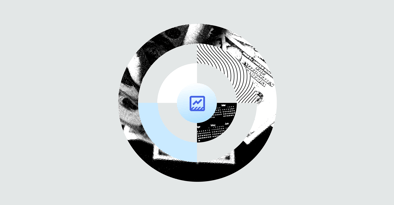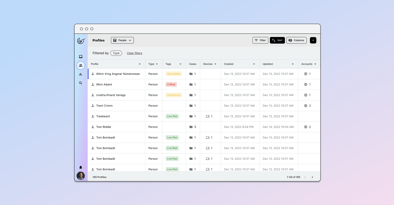Design Gaps Can Reveal Growth Opportunities

Joe Robinson
CEO & Co-Founder
Originally published in Fast Company.
Enterprise-level design is often unbelievably bad. Just ask anyone who has ever tried to conduct an online transaction with the DMV. The reason for this is simple: enterprise design often focuses on extending the life of legacy systems. But when extending the life of legacy systems comes at the expense of the end-user experience (as it almost always does), everyone suffers. Bad enterprise design has a way of making itself felt at the society level, whether we realize it or not.
In contrast, the past two decades have seen a revolution in the consumer marketplace. Companies like Lyft, Square, and Venmo have changed some of our most fundamental customer behaviors. They’ve transformed the way we hail a car, pay for a meal, or move money. And they did it thanks to a design-first approach to product development.
This revolution in the consumer marketplace only makes enterprise-level design failures more apparent. There are still major pain points in critical enterprise design practice areas, including:
- Cumbersome and inefficient workflows and processes.
- Back-office teams that suffer from outdated and unproductive procedural work.
- Practice areas with operating procedures that are still governed by non-optimized or outdated legacy systems.
During my time at Block (formerly Square), I helped design and build the company’s first merchant dashboard. The process drove home my appreciation for the incredible value of product utility. It also helped me make a critical realization: Good design cannot be confined to “front-end” or “back-end” environments. Merchants needed a dashboard that was just as intuitive as the one being used by their customers. Good product design cannot afford to be restricted to consumer-facing touchpoints. It must be applied to all industries and workflows.
Several years ago, I began examining the world of regulatory technology through the lens of good product design. Discussions with friends led us to the same conclusion. Professionals in regulatory compliance (a heroic but unheralded practice area) suffered from poor tools and inefficient workflows. So together, my cofounders and I built Hummingbird, a compliance CRM and anti-money laundering investigations platform designed to bring UX and product design to compliance and risk teams.
Building design-first solutions at the enterprise level comes with a specific set of challenges. But these challenges reveal unique opportunities for companies looking to create design-first solutions.
We’ve turned these learnings into a few key ideas about enterprise product design.
Understand your industry and its ecosystems
We all have first-hand experience ordering take-out or hailing a taxi, but not everyone knows the ins and outs of regulatory compliance or corporate taxation. Understanding your industry is the first step in creating high-utility product design at the enterprise level. Endeavor to know the industry at least as well as the people doing the work itself. Of similar concern is making sure you understand the ecosystem that surrounds your industry. These processes and workflows directly influence how your practice area functions. Deep industry and ecosystem understanding will help you get a feel for major pain points, as well as where opportunities for innovation might lie.
Know that changing legacy systems requires more than a new idea
It’s well-known that larger companies often build on legacy systems, something that leads to rigid, non-agile products. But more than a company’s size determines whether a legacy system can be effectively updated. External factors are often responsible for inflexibility and resistance to change. Examine your industry for workflow elements that are outside a company’s control. (In the compliance world, federal law is a good example.) Keep in mind that these factors are equally important to a company’s decision making as their existing systems. Product-design innovation in these practice areas needs to provide a solution that addresses both internal and external pain points.
Thinking about complementing, as well as reinventing, existing systems
Many business practice areas see sudden, widespread change as a threat to the safety and security of core competencies. As a result, product innovation in these areas benefits from a modular approach to product design. Solutions that allow for incremental improvements to existing infrastructure are more effective than attempting to convince a potential client to completely replace their status quo. Remember that for many companies, reinventing the wheel isn’t always an option. Proposals on how to make an existing wheel less squeaky, however, are always welcome.
Create a strong product design/customer feedback loop
Everyone knows the value of a strong product design feedback loop, but companies entering traditionally overlooked practice areas should take special note. Professionals in these fields often know their tools are outdated and cumbersome and are hungry for change. As a result, they’re a great first stop when it comes to conducting product research. And don’t let the feedback loop stop once you’ve launched your product. Continuous scrutiny and constant improvement are critical to developing Version 2.0.
Wrap Up
A word that gets thrown around a lot in the tech and startup world is “visionary.” But what is a visionary actually looking for? It’s tempting to think that visionaries are looking for the next Big Idea. But revolutionary design changes aren’t restricted to paradigm-shifting industry reinvention. Excellence in product design can benefit any industry and deserves to be applied democratically. After all, what’s behind-the-scenes for some is front-of-house for others. And as design thinkers, we must take note of every area in need of positive change.
Stay Connected
Subscribe to receive new content from Hummingbird



